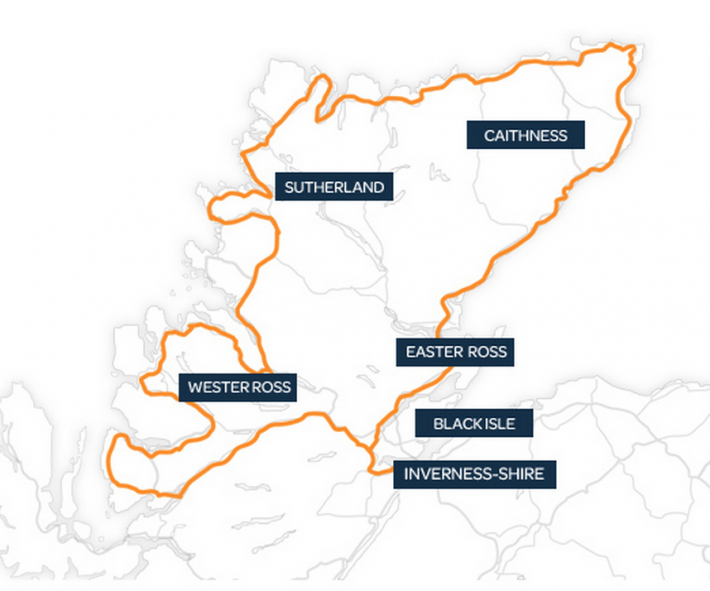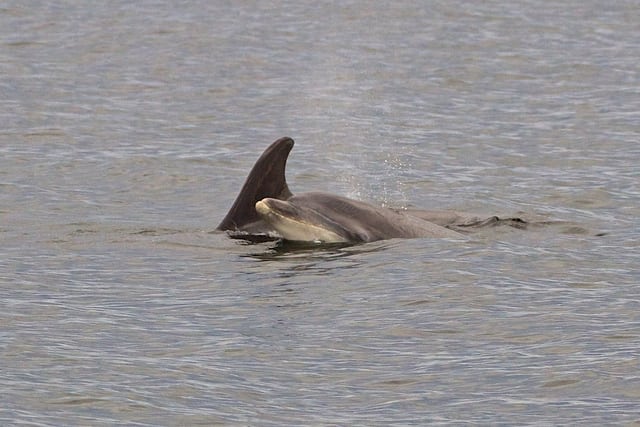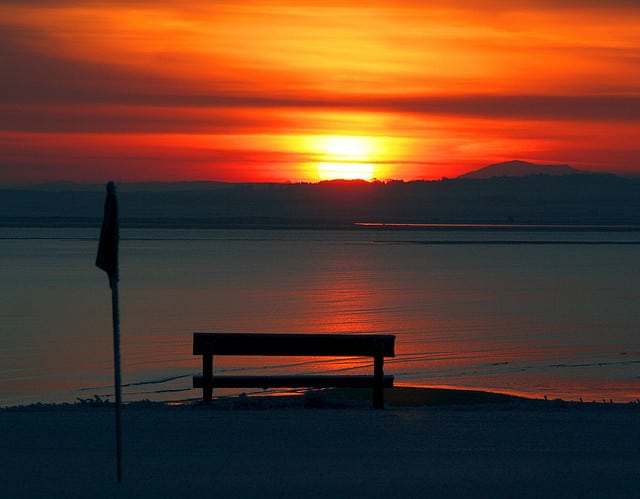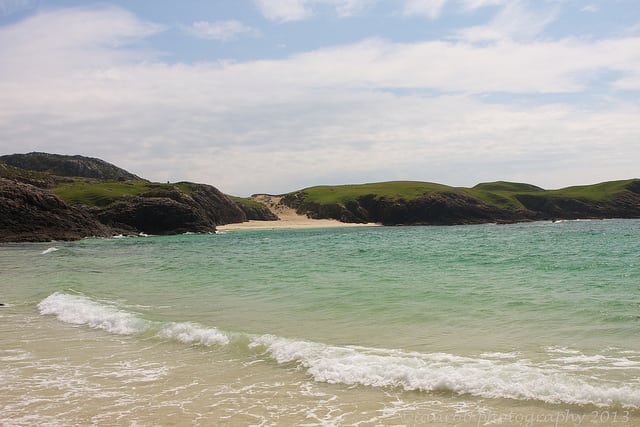 The North Coast 500 is a great route for exploring the scenic north-west area of the Scottish Highlands. Boasting castles, beaches, mountains and numerous attractions, the 500-mile driving route would also make the perfect basis for a week’s holiday in a motorhome or campervan. Or how about heading off for a superb motorbike tour?
The North Coast 500 is a great route for exploring the scenic north-west area of the Scottish Highlands. Boasting castles, beaches, mountains and numerous attractions, the 500-mile driving route would also make the perfect basis for a week’s holiday in a motorhome or campervan. Or how about heading off for a superb motorbike tour?
The route can be driven in a circle starting and finishing in the Highlands capital city of Inverness. It is up to you whether you travel clockwise or anticlockwise.
Overview of the North Coast 500 route
The NC500 website has lots of useful information. You’ll also discover an interactive map and a new NC500 app is coming soon. Here we reveal some of the highlights of the North Coast 500 route, heading anti-clockwise.
Inverness
Inverness Castle, in Inverness, is the official starting point of the North Coast 500. Why not stop for a while to explore this Highlands city before heading off on your road trip? See Explore Inverness for ideas.
The route heads north from Inverness on the A862 through Dingwall and on to the Black Isle.
Black Isle and Easter Ross

Harbour marina, Beauly Firth & Hills of Ross-shire. Pic credit: Dave Conner on Flickr Creative Commons
The Black Isle isn’t actually an island, but rather an isthmus or a peninsula. It is almost 10 miles wide and some 20 miles long and starts from just north of Inverness, heading along the Cromarty Firth via Invergordon and on to Tain.
The Black Isle is located in Ross and Cromarty and the NC500 passes through this region. It’s a place to travel slowly, drinking in the fabulous views of hills and coast and to stop frequently to spot dolphins and seals. Take a detour to Chanonry Point on the Moray Firth, which is hailed as one of the best places in the UK to see resident dolphins from the land.
Also visit interesting towns and villages such as Alness, a regular winner of the Britain in Bloom award, Invergordon and Tain.
East Sutherland
North of Tain you cross into the eastern side of the large region of Sutherland. This is a treat for golfers and culture fans alike.
It’s home to the famous Royal Dornoch Golf Course and there are other great courses nearby in Golspie and Brora.
You can also visit the fairly-tale castle of Dunrobin or the fascinating Timespan Heritage and Art Centre at Helmsdale.
For mountain bikers there’s the Highland Wildcat Trails at Golspie.
Caithness
Travelling further north and in an easterly direction, you reach Caithness and the famous home of John o’ Groats. As well as the UK’s most northerly mainland settlement, Caithness also boasts other attractions such as Duncansby Stacks and Dunnet Head, which is the actual tip of Britain, as well as beaches such as Sinclair’s Bay.
The former fishing town of Wick reveals a fascinating heritage. You could stop to see the harbour and visit the Heritage Museum.
And how about climbing down – and back up – the 365 Whaligoe Steps, leading to a secret harbour far below the headland?
For a longer walk there’s the mountain of Morven (706m) or eat in No.1 Bistro, in Wick, which is located on the shortest street in the world.
North West Sutherland
As you travel around the coast of Caithness, the NC500 route begins to head west along the very top of mainland Scotland. You will head back into Sutherland, but this time into the north-western area.
This part of the route is wildly beautiful and often remote. It is also home to Cape Wrath, the most north-westerly point on mainland Britain.
Before reaching Cape Wrath, visit Durness and Smoo Cave. There are some superb beaches on this coast.
More fabulous beaches can be found on the western edges of Sutherland, including Achmelvich and Clachtoll.
Inland, there are amazing mountains to climb, such as conical shaped Suilven, Ben Hope (the most northerly Munro) and Arkle.
Wester Ross
Heading south towards the ferry port town of Ullapool, you cross in Wester Ross. The dramatic scenery includes long sea lochs and high mountains.
Drive the coast, where great sea lochs, such as Loch Ewe, Loch Torridon and Loch Maree, create a long and winding shoreline.
The magnificent mountains of Torridon offer a walking wonderland while the famous Alpine-style mountain pass of Bealach Na Ba is sure you take your breath away. You’ll need to engage a low gear to drive safely up this stunning road.
Back to Inverness
The route returns to Inverness.
For more details about the North Coast 500 route see the map.





